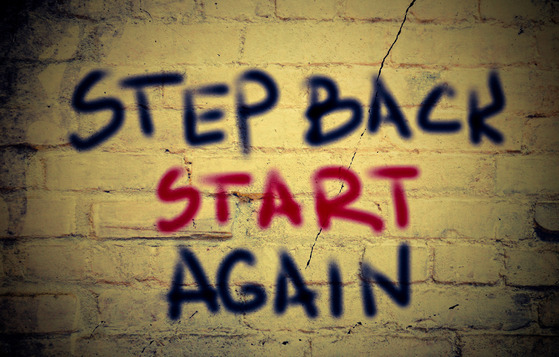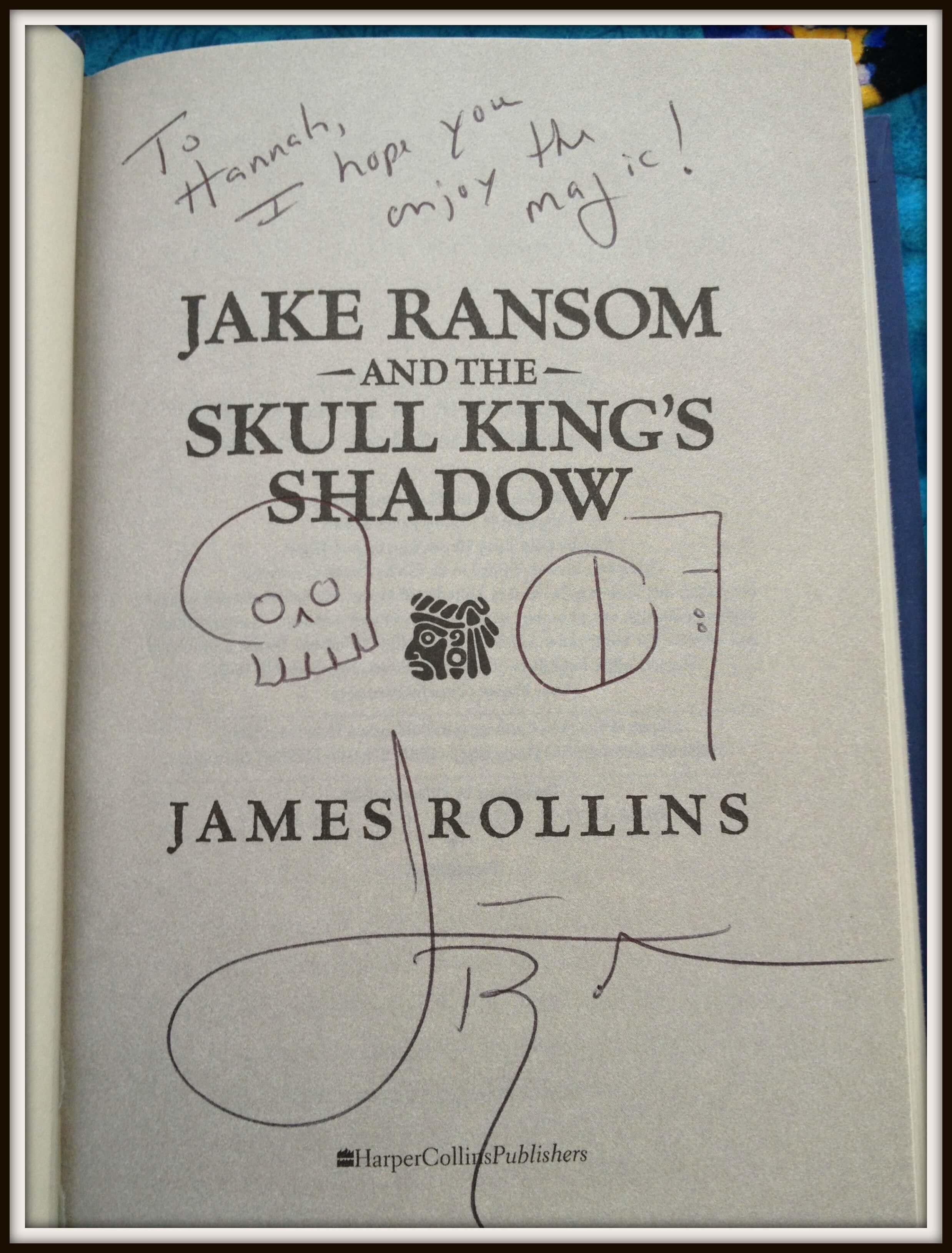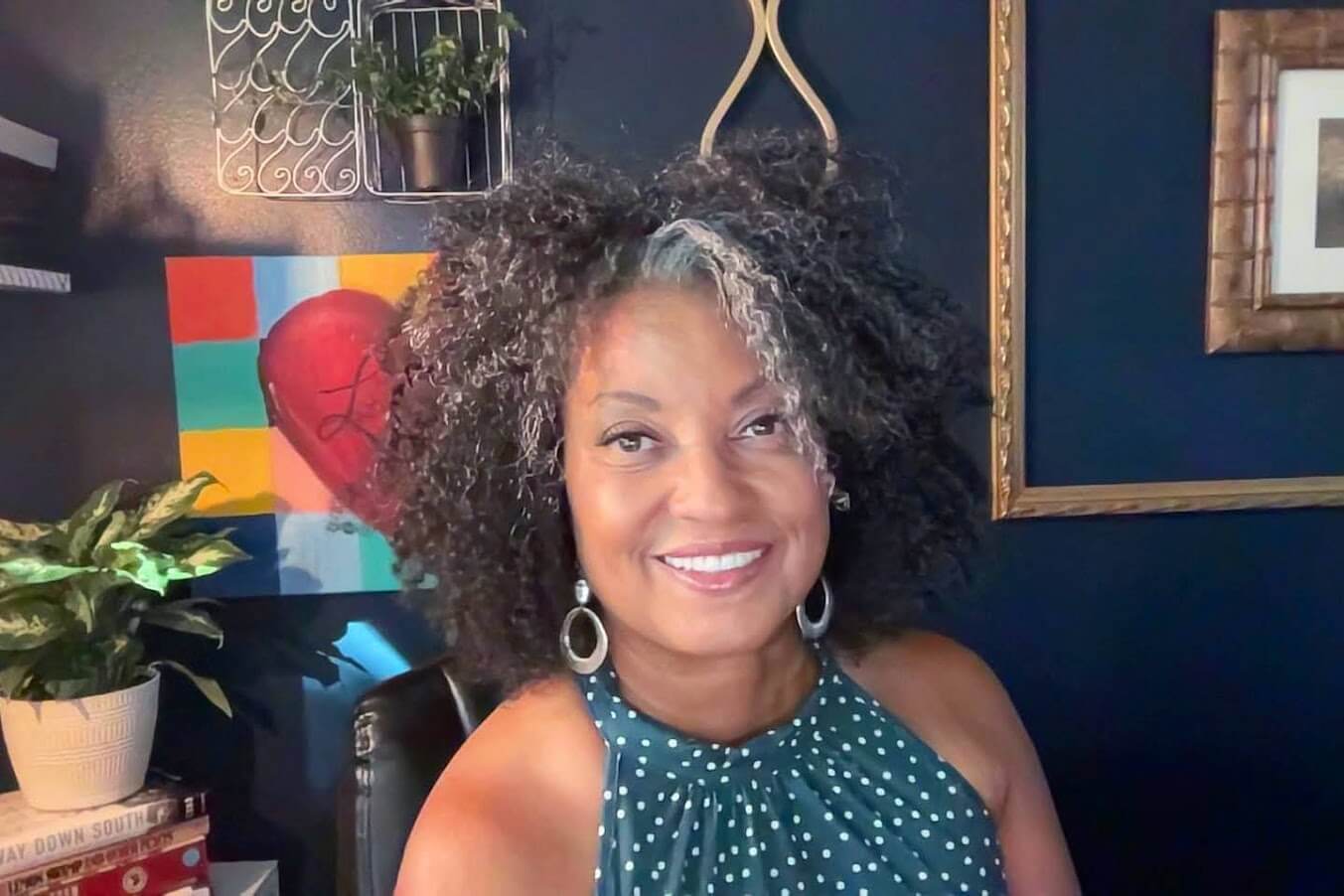I hate change, especially when it’s forced upon me.
I know that comes as a shock to those of you so accustomed to my sunny disposition. But seriously as I get older I like things the way I like them even if it’s just because. So I was really feeling like a dinghy in rough seas when I heard that Wachovia bank, where I had been a loyal customer for many years, had been sold to Wells Fargo.
Damn. Damn, damn, damn.
My first checking account was with Wells Fargo but that like 25 years ago! I was certain times had changed and did I mention I hate that? There were differences in the way the two banks handle their online bill pay, so I went to my local branch to ask about it. I was agitated and concerned as it was my family’s budget that would be affected. And that’s when I ran headlong into the charm offensive. A very nice young woman heard me out, fixed my problem and then guess what? She sold me two more products. Now THAT’S how you do business!
What the nice young woman sold me was two teen checking accounts. Yes you read that right. My kids, who are not old enough to drive, have their very own checking accounts, complete with debit cards. Listen, Wells Fargo doesn’t need my endorsement; besides, I’m sure they have some big PR company and pay a lot of money for commercial time. But as you know, I’ve never been one to hold my tongue, for good or bad things. So here are three big reasons Wells Fargo gets the Good Enough Mother Seal of Approval for their teen checking accounts.
1. IT TEACHES RESPONSIBILITY: Casey and Cole have their own money that they earn for doing chores around the house, which doesn’t work for everyone but does for us. They can decide how to spend that money and when it’s gone, it’s gone; they have to wait until next payday. They’re also learning about saving, as a dollar goes into their savings account every time they buy something.
2. IT GIVES TEENS A REALISTIC VIEW OF MONEY: The other day Casey came home with an assignment from her home economics class on how to live on a budget as if they were on their own for the first time. Wanna hear how much their take home pay was? $6,000 a month. WHAT? REALLY? Right out of college? How is that, in any way, realistic? My first real job out of college I made $484.93 every two weeks and I was on TV! I’m all for teaching kids how to live within a budget but can we make it slightly more accurate? With this account, Casey and Cole are learning just how far their allowance goes and thinking twice about how they want to spend it.
3. IT’S AUTOMATIC: Every Friday is payday for them. And every Friday they would ask for their allowance. They would actually get it too, if I had the money on me. Of course, most of the time I did not (bad mommy Hall of Famer here) and so it would go for a few weeks. Then they would spring on me that I hadn’t paid them in like a month and a half (not that they were lying but I sort of had to take their word for it because, heck, most mornings I can’t remember what I ate for breakfast two hours prior!) At least this way their allowance is paid automatically and goes right into their account from my account. For me and my harried self, I call that convenient with a capital “C”!
This whole thing has led to some very interesting and teachable moments about money, namely the difference between debit and credit. And I am finding the kids really thinking more about how they spend their money. Not to belittle the home economics assignment but trying to figure out whether you can afford to buy a slice of pizza, a Coke, finish it off with some Laffy Taffy and have money left over for the rest of the week is way more real than the nebulous (and highly unlikely) $6,000 a month budget. Of course, as great as this program is, it doesn’t mean they don’t still ask me for money, but when they do, at least I can shoot back, “What? You don’t have your debit card?” Score one for mommy!
But what about you… do you give your kids allowance? How do you do it – and how much do they get? And what’s the most important lesson you want your kids to understand about money?











